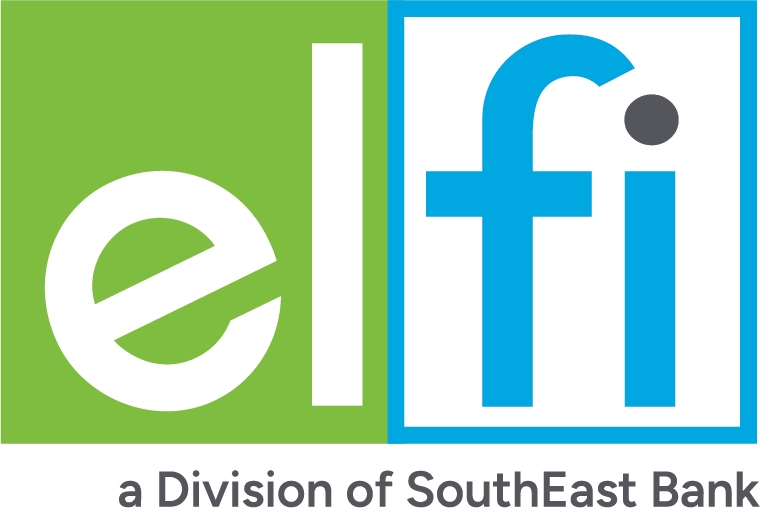What Is the Standard Repayment Plan for Student Loans?
Starting in 2026, the new standard plan repayment term will be 10, 15, 20 or 25 years, depending on your federal student loan balance.
Many, or all, of the products featured on this page are from our advertising partners who compensate us when you take certain actions on our website or click to take an action on their website. However, this does not influence our evaluations. Our opinions are our own. Here is a list of our partners and here's how we make money.
The standard repayment plan is the basic plan for repaying federal student loans. You’re automatically placed in this plan when you start repayment, unless you select a different option.
Here are the key details about the standard repayment plan, as it currently stands in 2025:
- Repayment length: 10 years.
- Number of payments: 120.
- Payment amounts: The same fixed amount each month.
- Other qualifications: Must have federal student loans.
Standard repayment plan changes coming July 2026
The standard plan will change on July 1, 2026, as a result of President Donald Trump’s “one big, beautiful bill.”
Instead of a universal 10-year repayment term, borrowers may have a 10, 15, 20 or 25-year term consisting of fixed monthly payments. The repayment term depends on the amount of federal student loans a borrower took out.
| Original student loan balance | New standard plan repayment term |
|---|---|
| Up to $24,999. | 10 years (120 monthly payments). |
| $25,000-$49,999. | 15 years (180 monthly payments). |
| $50,000-$99,999. | 20 years (240 monthly payments). |
| $100,000 or more. | 25 years (300 monthly payments). |
Borrowers who take out new federal student loans on or after July 1, 2026 will not have access to income-driven repayment plans. They will only have access to two plans: this modified standard plan, and the Repayment Assistance Plan (RAP), which is a new option outlined in the reconciliation bill.
The RAP plan caps monthly payments based on adjusted gross income and family size. It also offers forgiveness of remaining debt after 30 years of payments.
Is the standard repayment plan right for you?
The standard repayment plan on student loans may make sense for you if you want to limit the amount you pay overall. Payments under standard repayment could be larger than under other plans that extend your repayment term. But you’ll pay the least interest and finish repayment the fastest using standard repayment.
If standard payments are too expensive, you may be able to lower your monthly bills with income-driven repayment, extended repayment or graduated repayment. Keep in mind that any plan that decreases your payments will likely increase the amount of interest you pay. Generally, stick with standard repayment if you can afford it.
Don’t go for the 10-year standard plan if you’re pursuing Public Service Loan Forgiveness. This program forgives your remaining debt after 10 years of payments if you work for a qualifying nonprofit or government job. But if you choose a 10-year standard repayment plan, you’ll pay off your loan entirely by the time you qualify for forgiveness. Instead, choose the plan that gives you the smallest monthly payments – likely an income-driven repayment plan, or the RAP.
How to calculate standard plan monthly payments
The current iteration of the standard repayment divides the amount you owe into 120 level payments so you pay the same amount each month for 10 years. Under this plan, payments can’t be less than $50.
For example, let’s say you have a $35,000 student loan with an interest rate of 4%. With the standard repayment plan, you’d pay $354 each month and $42,523 overall.
Plug your own student loan information into the Education Department’s Loan Simulator to get an idea of how much you’d pay under the standard repayment plan, as well as other repayment plans.
How to pay off your student loans even faster
If you’re comfortable making standard payments, consider ways to pay your student loans off even faster. For example, there’s no penalty for prepaying loans under any federal student loan repayment plan. Just make sure your servicer applies the extra money to your principal balance, not your next payment.
You also may be able to refinance federal student loans into a new private loan. This will cost you access to income-driven repayment and other federal loan benefits, like Public Service Loan Forgiveness. But if you don’t think you’ll need those options — and were planning to stick with standard repayment anyway — refinancing could save you money if you qualify for a lower interest rate.
Advertisement



Student loans from our partners

on SoFi® website
SoFi® 

Fixed APR
4.24-9.99%
Min. credit score
650
on Earnest website
Earnest 
Fixed APR
4.79-9.99%
Min. credit score
665

on Credible’s website
ELFI 

Best for faster repayment options
Fixed APR
4.88-8.44%
Min. credit score
680
Article sources
NerdWallet writers are subject matter authorities who use primary,
trustworthy sources to inform their work, including peer-reviewed
studies, government websites, academic research and interviews with
industry experts. All content is fact-checked for accuracy, timeliness
and relevance. You can learn more about NerdWallet's high
standards for journalism by reading our
editorial guidelines.
Related articles
AD
Refinance Your Student Loans with Earnest: smarter rates, total flexibility, no fees.
Check rate
on Earnest's website

AD

Refinance Your Student Loans with Earnest: smarter rates, total flexibility, no fees.
- Fixed APRs starting at 4.79%, Variable Rates starting at 5.88%;
- Customize your term down to the month (5–20 years);
- Skip one payment every 12 months.
Check rate
on Earnest's website
AD
Refinance Student Loans with SoFi:
low rates, flexible terms, no fees.
Check rate
on SoFi®'s website

AD

Refinance Student Loans with SoFi:
low rates, flexible terms, no fees.
- Rates: 4.74-9.99% (fixed) / 5.99-9.99% (variable) APR;
- Terms between 5–20 years, plus features like interest-only SmartStart for residents;
- Zero application/origination/prepayment fees — ever.

Check rate
on SoFi®'s website










